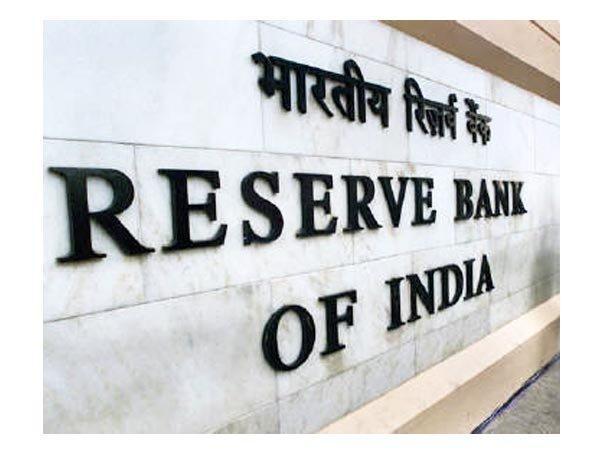Interest On EPF For FY 2020-21 Delayed; Department Says Maintain Patience
[ad_1]
Read More/Less
Planning
oi-Roshni Agarwal
The social security scheme EPF or employee provident fund is administered by the Employees’ Provident Fund Organisation (EPFO) and like every other investment avenue earns interest. For the FY ending 2021, the EPFO has announced interest rate of 8.5 percent and the same is still not credited to the eligible EPF account holders’ account.

Hence, EPF scheme subscribers are raising queries over the Twitter account of the organization, to which EPFO has responded and said, “The process is in pipeline and may be shown there very shortly. Whenever the interest will be credited, it will be accumulated and paid in full. There would be no loss of interest. Please maintain patience.”
The process is in pipeline and may be shown there very shortly. Whenever the interest will be credited, it will be accumulated and paid in full. There would be no loss of interest. Please maintain patience.
— EPFO (@socialepfo) August 10, 2021
As many as 6 crore subscribers of the scheme are awaiting EPF interest rate credit. Earlier, media reports suggested that the provident fund body would credit EPF interest rate for the fiscal year 2020-21 by July end.
The current interest rate on EPF of 8.5 percent is the lowest in the past seven years. EPF fetched 8.65 percent interest in the fiscal year 2018-19.
EPF subscribers can get an update on the interest credit by visiting the EPFO site or the balance can also be known via missed call and SMS facility. Notably it is important that you as an EPF subscriber should be acquainted with your UAN or Universal Account Number, i.e. also mentioned in your salary slip, if the case may be. Also for accessing the various EPF related services such as balance enquiry and others, you need to have your UAN in an active state.
GoodReturns.in
[ad_2]








